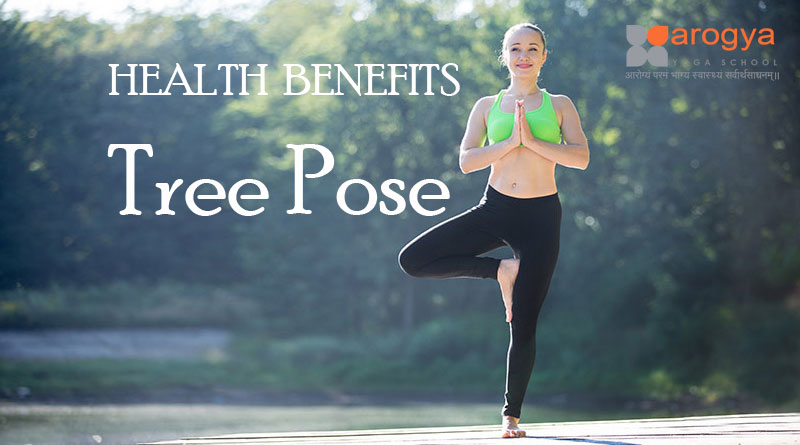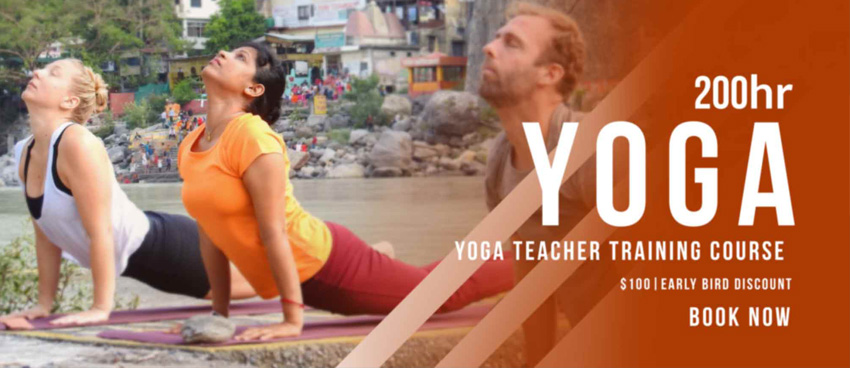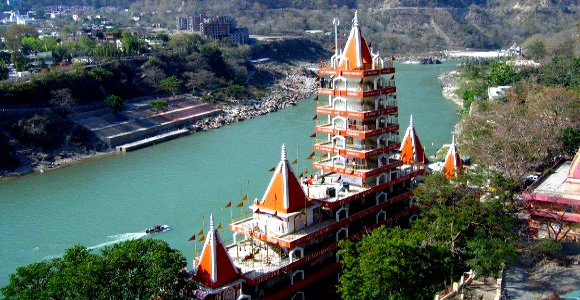
Health Benefits of Vrikshasana Tree Pose
Physical and psychological stillness are an absolute necessity to maintain equilibrium in today’s edgy world. There are numerous Yoga postures to help you achieve a state of complete balance when practiced astutely. In this article, we discuss about one such Asana appearing in the balancing series. Vrikshasana (v-rook-shA suh-nuh), also known as the Tree Pose, is a remarkable Asana for improving balance. Its name is derived from the Sanskrit words Vriksha (meaning tree) and Asana (meaning a posture). This asana, where your leg takes charge as the roots of a tree, encapsulates the essence of a deep-rooted tree which denotes strength and steadiness. It is a simple yet beneficial Asana. While practicing this posture, your entire body weight is placed on to one leg, strengthening that particular leg. Vrikshasana not only improves bodily and mental balance, but also bestows stability and poise.
Step by step to perform Vrikshasana Tree Pose
- Begin by standing upright in Samasthithi, your arms by your side and shoulders relaxed
- Bend your right knee to the side and bring your right foot high up to your left thigh
- Place the sole of your right foot flat and firm on your inner left thigh. Maintain your left leg straight with the foot firmly planted on the mat
- Breathe easy and find your balance
- While inhaling deeply, gracefully raise both your arms over your head and join your palms in the ‘namaskara’ mudra
- Keep a firm distant gaze
- Aim for a straight spine while taking extended deep breaths.
- Increase your relaxation with every exhalation to help you hold the pose for as long as possible
- Inhale and exhale deeply as you bring your hands down to the side of your body and gently release the right leg
- Repeat the above steps with the other leg
Benefits of Vrikshasana Tree Pose
- Helps improve body balance- The Tree Pose (Vrikshasana) is indeed known for improving body balance. This yoga pose is excellent for enhancing stability, concentration, and awareness. Here’s a bit more detail on how Tree Pose can help improve balance:
- Stability: Balancing on one leg in Tree Pose requires engagement of the muscles in your standing leg, particulary the quadriceps and muscles around the ankle. This helps build strength and stability.
- Concentration: To maintain balance, you need to focus your gaze on a fixed point (a drishti), which helps improve concentration and mindfulness. This aspect of the pose contributes to mental clarity and focus.
- Alignment: Achieving proper alignment in Tree Pose involves bringing one foot to either the inner calf or inner thigh of the standing leg. This alignment not only improves balance but also encourages proper posture and alignment throughout the body.
- Core Engagement: While balancing, the muscles in your core (abdominals and lower back) are activated to help stabilize your torso. This contributes to overall core strength.
- Grounding: The connection of your standing foot to the ground creates a sense of grounding. This connection helps you feel rooted and stable, promoting a sense of balance both physically and mentally.
- Gives your body the optimum posture- Tree Pose (Vrikshasana), achieving the optimum posture involves a combination of proper alignment, balance, and mindful engagement of various muscle groups.
- Strengthens your legs, thighs, spine, shoulders, and arms- The Tree Pose (Vrikshasana) is a wonderful yoga pose that engages various muscle groups, contributing to strength and stability.
- Tones your arm and leg muscles
- Grants stability of mind and body
- Can strengthen ligaments in your ankles and feet
- Best pose for posture related complaints
- Brings you to a rejuvenated and invigorated state
- Greatly improves concentration
- Known to reduce risks of sciatica
Contraindications of Vrikshasana Tree Pose
- People who have high blood pressure or vertigo must avoid this Asana
- People with migraine or insomnia must avoid this Asana
- Beginners may start by keeping their raised arms away from each other for better balance. Gradually practice bringing them to “namaskara” mudra







